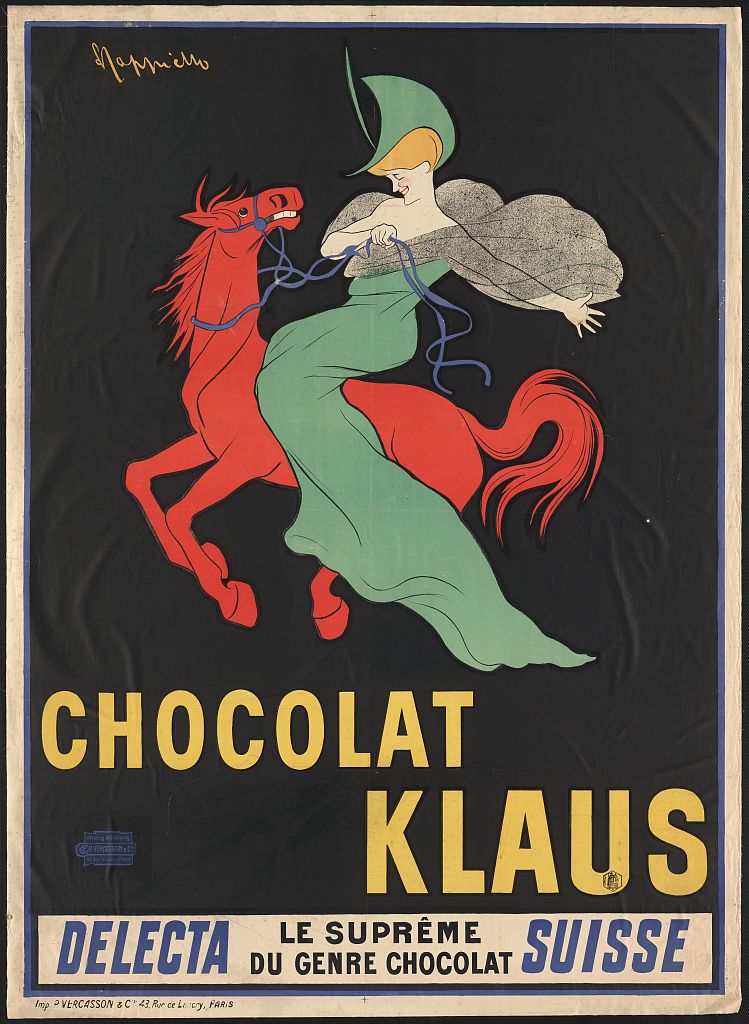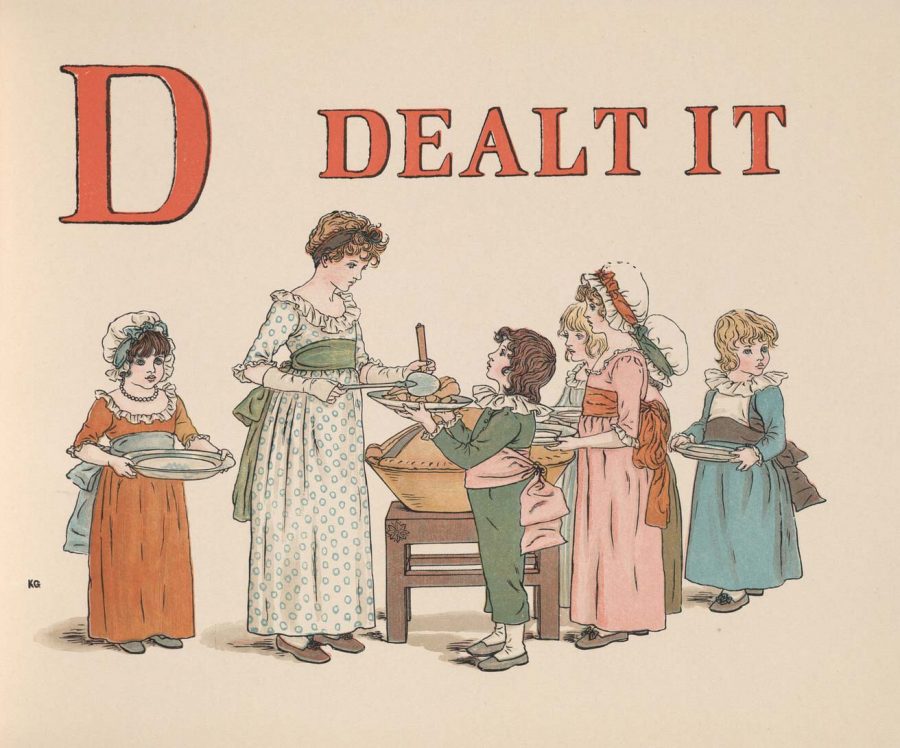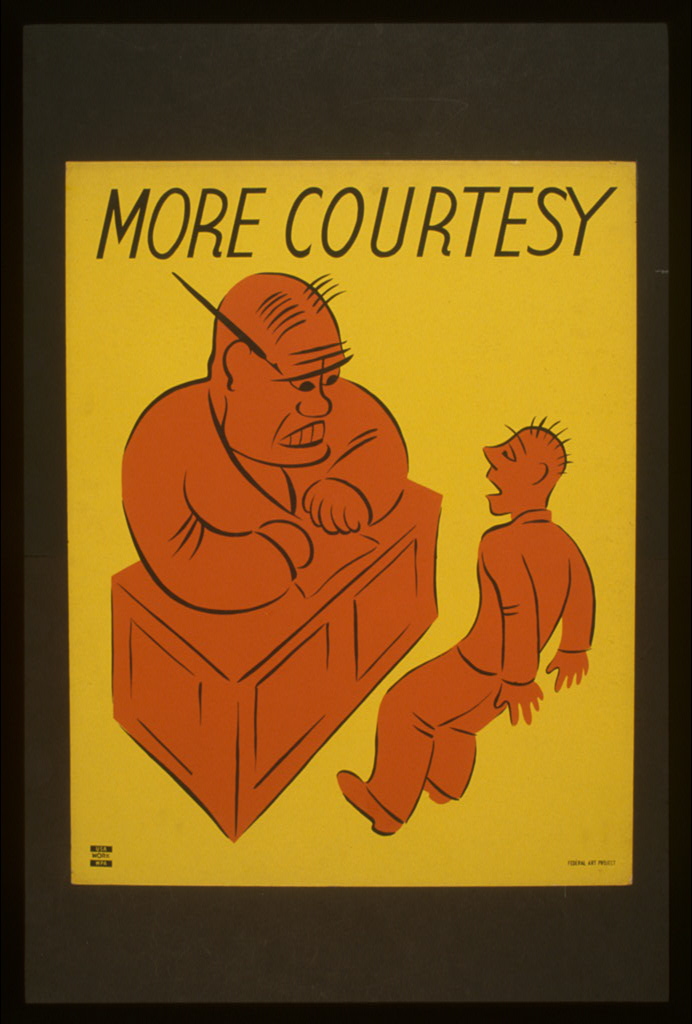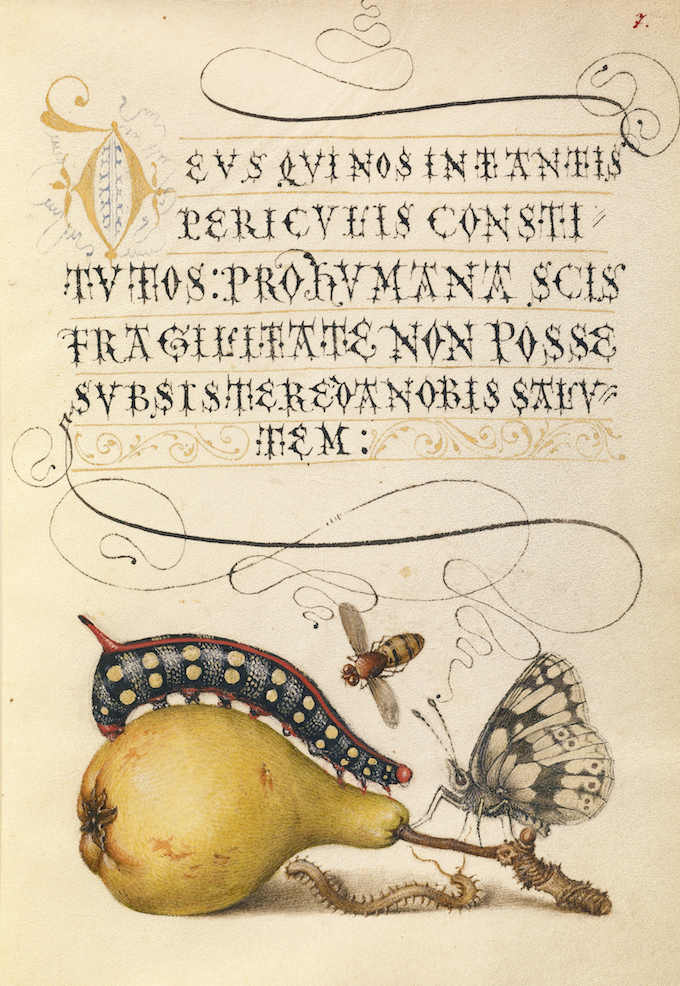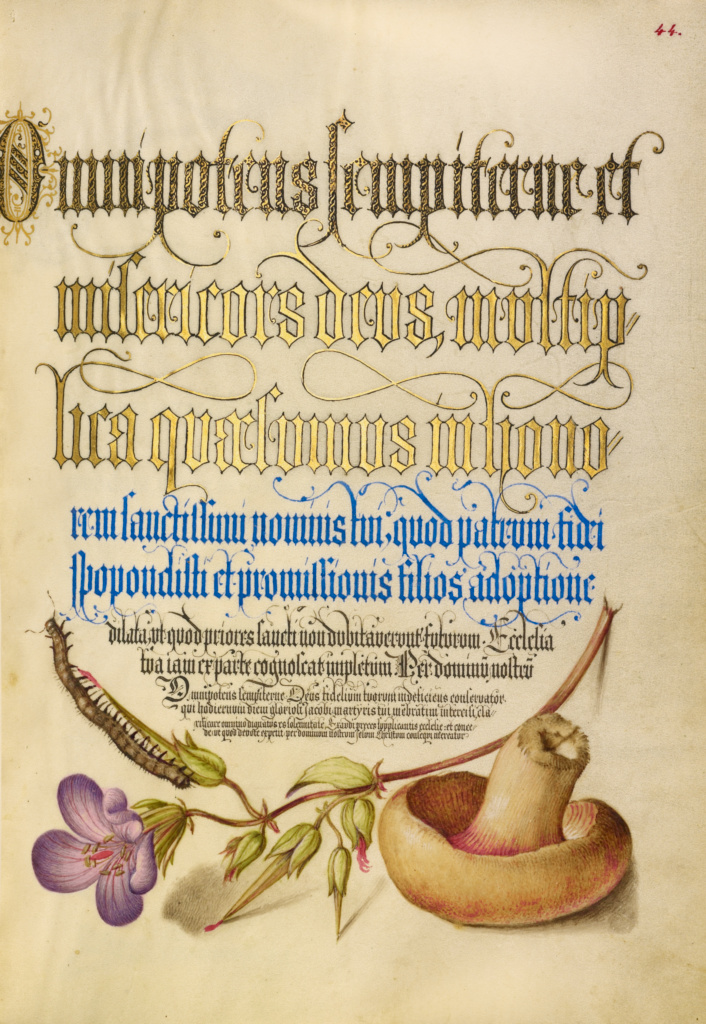I consider Freddy Mercury and Michael Jackson as the greatest performers of all time. Their vocal abilities are what I look up to as a vocalist. — Anthony Vincent
Anthony Vincent, the creator of Ten Second Songs, has a flowing mane, a lean physique, and the cocksure manner of a 20th century rock god.
He also spends hours in his home studio, peering at a computer monitor through reading glasses.
His latest effort, above, Queen’s “Bohemian Rhapsody” in the style of 42 other artists, could seem like a gimmick at first glance.
Consider, however, all the research, time, and musicianship that went into it.
The YouTube star disappeared from the internet for a month in order to tackle the beast that fans had long been begging him for.
He emerged from this self-imposed sabbatical refreshed, recommending that perhaps “everyone should start producing songs in multiple styles just so they too could take a vacation from social media.”
Good idea, though I doubt many of us can mimic the wide range of vocal styles the largely self taught Vincent does, from Muse’s lead singer Matt Belamy’s fabled high notes to the late Joe Strummer’s extremely English punk attitude to Janis Joplin at her most unfettered.
He also displays an impressive facility with a variety of arrangements and instruments, though a couple of off-handed comments in the Making Of video, below, may not endear him to drummers, despite his obvious respect for the essential role percussion plays in structuring his projects.
Various elements suggested which artist to pair with each bite-sized section of “Bohemian Rhapsody,” including similarity of lyrics, notes, and arrangements. (“Mama mia” was a no brainer…as was “Mama, didn’t mean to make you cry.”)
By definition, the multi-style “Bohemian Rhapsody” required him to look beyond his own personal favorites for artists to highlight, a process he applies to all of his mash ups. As he said in a 2015 interview with Radio Metal:
Obviously I don’t listen to Enya in my free time, I don’t go and put on a Gregorian chant and listen to it to relax. If I’m going to put an artist in there, it’s because I have some kind of respect for them in some way… At first my intention was to promote my business and now my intentions are to show that there are different ways that a song can be heard and that there’s nothing wrong with liking different things. You shouldn’t be afraid of what you don’t understand. Just because someone is growling doesn’t mean it’s bad. It’s just a way of expressing a song, there is really nothing else to it.
His “Bohemian Rhapsody” tribute is comprised of over 1800 carefully labelled tracks, an inspiring display of digital organization as well as technical prowess.
While some of Vincent’s chosen 42—David Bowie, Dream Theater—did cover “Bohemian Rhapsody” in its entirety, an unfortunate side effect of his impersonations are the way they whet our appetite for full covers we’ll never get to enjoy from the likes of Johnny Cash, Prince, Frank Sinatra, Aretha Franklin….
Ultimately, no one can hold a candle to the original, but there’s no harm in trying.
Readers, do you have a favorite from the line up below? Anyone you wish you could add to the list?
01. Queen
02. Me
03. The Chordettes
04. Johnny Cash
05. David Bowie
06. Ozzy Osbourne
07. Frank Sinatra
08. Sam Cooke
09. Boyz II Men
10. Daft Punk
11. Janis Joplin
12. Scott Joplin (King Of Ragtime)
13. Skrillex
14. Hendrix (Michael Winslow Version)
15. Kenny G
16. Bobby McFerrin
17. Star Wars
18. N.W.A.
19. Kendrick Lamar
20. System Of A Down
21. Elvis Presley
22. BOLLYWOOD
23. Bad Religion
24. Bruno Mars
25. Death Grips
26. Chuck Berry
27. Michael jackson
28. The Clash
29. Ray Charles
30. Aretha Franklin
31. Soggy Bottom Boys
32. Death
33. ABBA
34. Ghost
35. Muse
36. Vitas
37. Medieval Music
38. Frankie Valli and the Four Seasons
39. Tool
40. Prince
41. Nirvana
42. Dream Theater
via Consequence of Sound
Related Content:
The Joy of Experiencing Queen’s Bohemian Rhapsody for the Very First Time: Watch Three Reaction Videos
Queen’s “Bohemian Rhapsody” Played by 28 Trombone Players
Watch the Brand New Trailer for Bohemian Rhapsody, the Long-Awaited Biopic on Freddie Mercury & Queen
Ayun Halliday is an author, illustrator, theater maker and Chief Primatologist of the East Village Inky zine. Join her in NYC on Monday, November 12 for another monthly installment of her book-based variety show, Necromancers of the Public Domain. Follow her @AyunHalliday.
